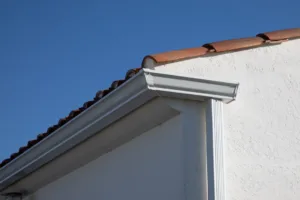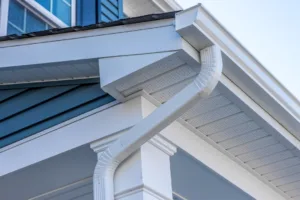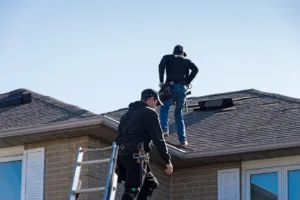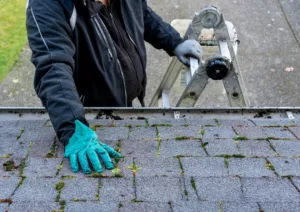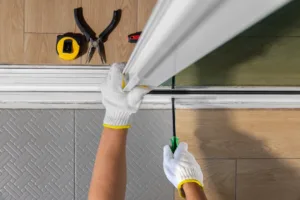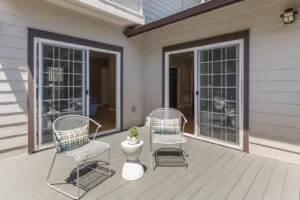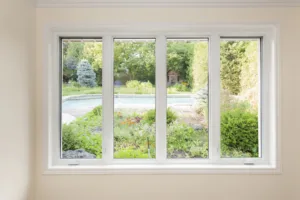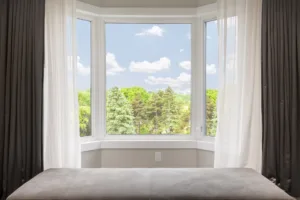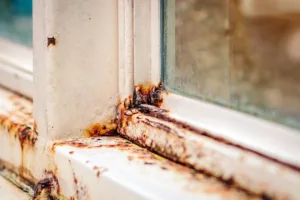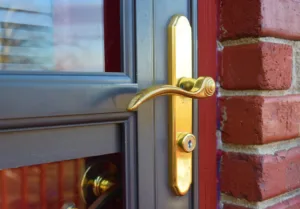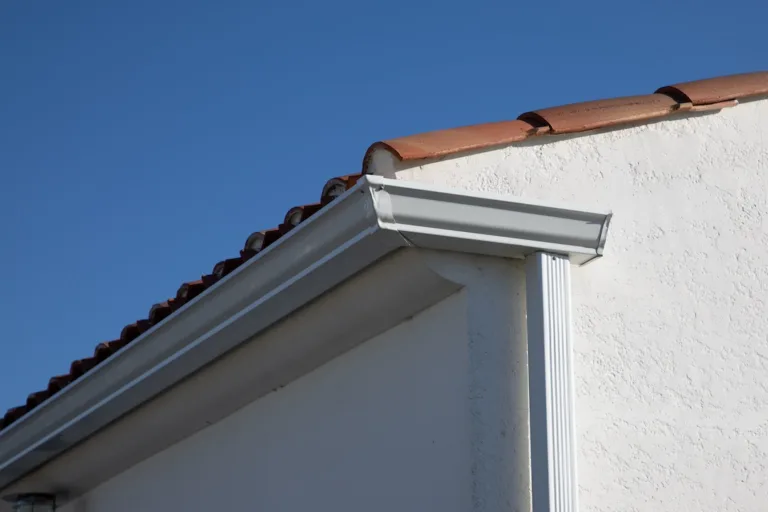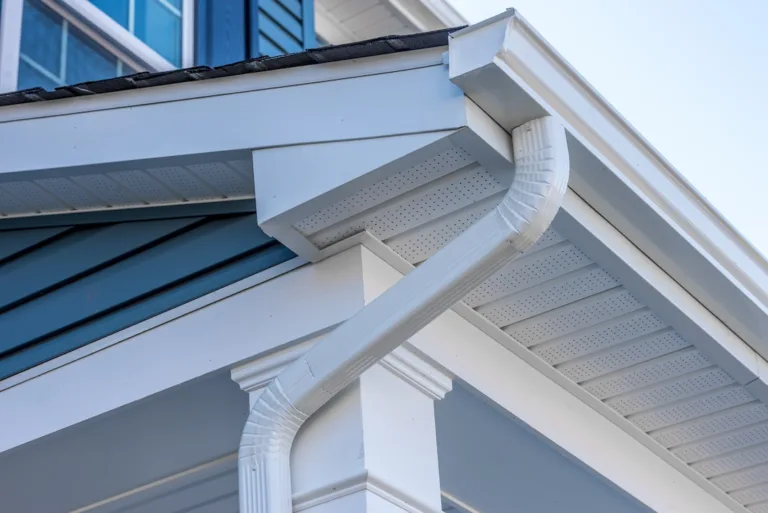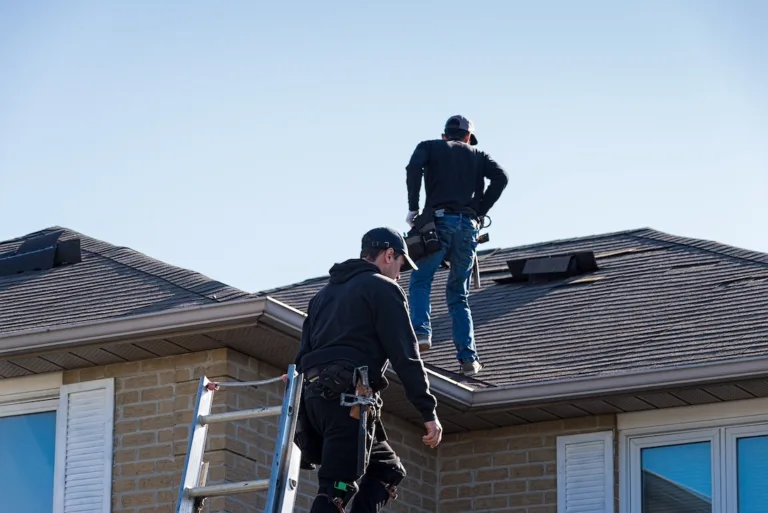Emphasizing Door Maintenance and the Power of DIY
Doors are key to our homes. They keep us safe, control temperature and add beauty. Despite their importance, we often forget to maintain them. Regular care of doors is necessary for them to function well.
Taking a DIY approach to door maintenance can prevent small issues from becoming major problems that require costly professional repair. Regular checks and upkeep also extend the life of your doors.
Beyond saving money, DIY door maintenance can give you a sense of achievement. It feels good to know you’ve personally taken care of your home, including your doors.
At Toms River Door and window, we see a lot of door replacements that could have been prevented with proper care.
Safety Precautions and Preparation: The Essentials of DIY Door Maintenance
Starting a DIY door maintenance project? Safety first! Always wear gloves and safety glasses to protect yourself from any cuts or dust. If you’re painting or staining, don’t forget a mask.
Have your tools ready. A screwdriver, wrench, and cleaning solutions are a must. Lubricant can help with squeaky hinges or tricky locks. If your door needs a bit of a makeover, have paint or stain and brushes on hand. It’s also a good idea to have spare parts like hinges and weather stripping just in case.
Set up a clean, bright workspace. Good lighting helps you see what you’re doing and a sheet or tarp makes cleanup a breeze. Remember, good preparation and safety are the keys to successful DIY door maintenance.
Inspection: The Crucial First Step in Door Maintenance
The first step in any DIY door maintenance project is a comprehensive inspection. This process allows you to identify any existing issues and address them promptly before they escalate into more significant problems.
Identifying Common Issues
Checking for Wear and Tear
Next, examine the door surface. Look for signs of wear and tear such as scratches, dents, or fading paint. These not only affect the aesthetic appeal of your door but may also expose the underlying material to damaging elements, leading to further deterioration. If your door is wood, check for signs of rot or warping.
Examining Glass Panels
If your door features glass panels, give these a careful look as well. Check for any scratches or cracks that could compromise the integrity of the glass and potentially pose a safety risk. Also, look for signs of moisture between double-glazed panels, which indicates a broken seal.
Remember, the goal of this inspection is to catch and address minor issues before they become major problems. By being thorough and proactive, you can extend the life of your doors and maintain their functionality and appearance.
Cleaning and Care: The Backbone of Door Maintenance
Maintaining the cleanliness and condition of your doors is crucial in prolonging their lifespan and preserving their aesthetic appeal. This process involves two key steps:
Cleaning Door Surfaces
The method you use to clean your door will largely depend on the material from which it’s made.
- Wooden Doors: Wooden doors need a gentle touch. Use a soft cloth and a non-abrasive cleaner to remove dirt and grime. Be sure to dry the surface thoroughly afterward to prevent moisture damage. If the door is painted or stained, avoid using harsh chemicals that could strip the finish.
- Fiberglass and Steel Doors: These materials can withstand stronger cleaning solutions. However, it's still important to avoid abrasive materials that could scratch or dull the surface. Use a mild detergent mixed with water, and scrub gently with a soft brush or sponge. Rinse thoroughly and dry to prevent water spots.
Regardless of the type of door, always test your cleaning solution on a small, inconspicuous area first to ensure it doesn’t cause discoloration or damage.
Glass Panel Care
Glass panels on doors add a touch of elegance but require their own specific care.
- Cleaning: Use a streak-free glass cleaner to maintain clarity and shine. Spray the cleaner onto a soft, lint-free cloth rather than directly onto the glass to avoid overspray onto the door material.
- Scratches and Cracks: Address these immediately. Small scratches may be buffed out with a gentle polishing compound, while larger cracks will likely require professional repair or replacement to ensure safety and insulation.
Maintaining Door Hardware: Ensuring Smooth Operation and Longevity
Door hardware, including hinges, locks, and handles, plays a crucial role in the functionality of your door. Regular maintenance can help these components last longer and perform better. Let’s delve into the specifics:
Hinge Care
Hinges are the backbone of your door, allowing it to open and close smoothly. However, they can sometimes become loose or start to squeak, which can be both annoying and potentially damaging to the door.
- Tightening Loose Hinges: If your door is sagging or not closing properly, check the hinges. Often, simply tightening the screws can rectify the problem. Use a screwdriver to tighten each screw, being careful not to overtighten as this can strip the screw hole.
- Lubricating Squeaky Hinges:A squeaky hinge usually needs lubrication. Use a silicone-based lubricant for best results. Apply a small amount to the top of the hinge pin, allowing it to work its way down into the hinge. Move the door back and forth a few times to distribute the lubricant evenly.
- Replacing Damaged Hinges: If a hinge is severely damaged or rusted, it may need to be replaced. Ensure you choose a new hinge that matches the size and style of the old one for a seamless fit.
Locks and Handles
Locks and handles not only serve a functional purpose but also contribute to the aesthetic appeal of your door.
- Cleaning: Clean handles with a mild soap solution and a soft cloth to keep them looking their best. Avoid abrasive cleaners that could damage the finish.
- Lubricating Lock Mechanisms: Regularly apply a graphite-based lubricant to your lock mechanisms to ensure they operate smoothly. Insert the nozzle of the lubricant into the keyhole and give a couple of short bursts. Then, insert the key and turn it several times to distribute the lubricant.
- Addressing Sticky Locks: If a lock is sticky or difficult to turn, it may need to be adjusted or replaced. A locksmith can usually fix minor issues. However, if the lock is old or severely damaged, replacing it may be the best option.
Regular maintenance of door hardware can prevent many common door issues, ensuring your door operates smoothly and securely for years to come.
Weatherproofing Your Door, Enhancing Comfort and Energy Efficiency
Weatherproofing your door is a crucial part of home maintenance that can help keep your home comfortable and energy-efficient all year round. This process involves two key steps:
Weather Stripping Maintenance
Weather stripping is the process of sealing openings such as doors from elements such as wind, rain, and dust. It’s a critical element in maintaining the energy efficiency of your home.
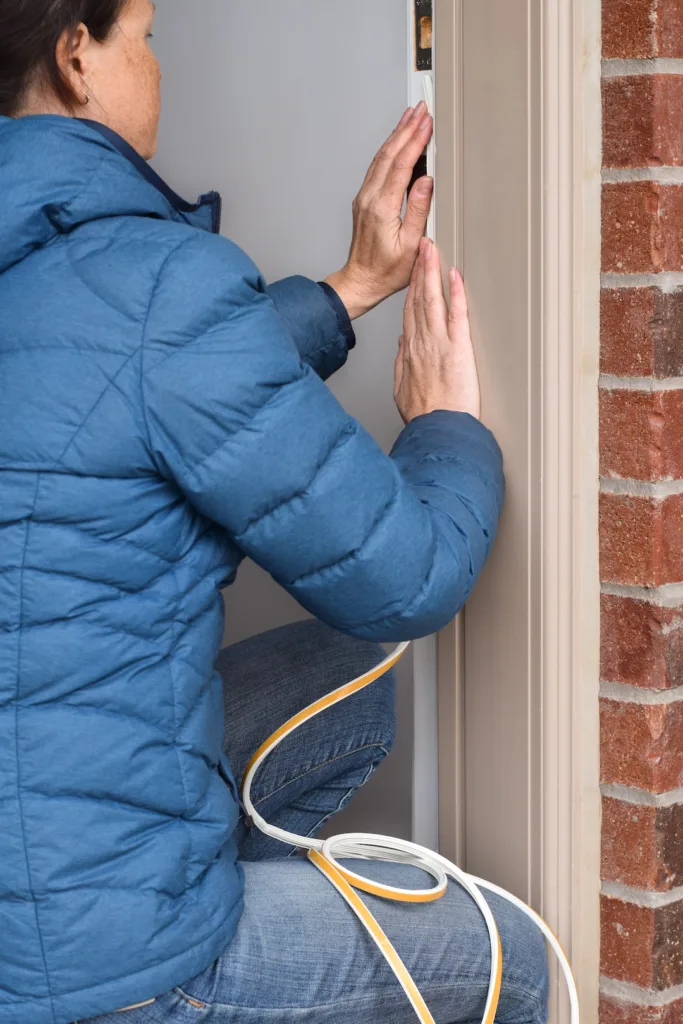
- Checking Weather Stripping: Regularly inspect the weather stripping around your door for signs of wear or damage. Look for areas where it might be peeling away or where you can see light coming through when the door is closed. These are signs that the weather stripping is not providing a proper seal.
- Replacing Weather Stripping: If the weather stripping is worn or damaged, it should be replaced. You can find a variety of types at your local hardware store, including adhesive-backed foam tape, door sweeps, and door gaskets. Choose the type that best suits your door and climate.
- Installation: When installing new weather stripping, ensure that the door surface is clean and dry. Measure carefully, cut to size, and apply firmly.
Remember, a well-sealed door can significantly reduce your heating and cooling costs and prevent unwanted drafts.
Threshold Adjustment and Sealing
The door threshold plays an essential role in insulating your home and preventing drafts.
- Adjusting the Threshold: Over time, the door threshold may become worn or misaligned, causing gaps. Most thresholds have screws that allow you to adjust their height. If you can see light under your door or feel air flowing, adjust the threshold until the door makes a tight seal.
- Sealing Gaps: Even after adjusting, there may still be small gaps around the threshold. These can be sealed with a suitable door sealant, which fills in the gaps and helps insulate your home.
By properly maintaining and adjusting your weather stripping and door threshold, you’ll improve the comfort of your home and increase energy efficiency. This not only saves you money on utility bills but also contributes to a more sustainable lifestyle.
Seasonal Maintenance, Adapting Door Care to Changing Weather Conditions
As the seasons change, so do the demands on your doors. From swelling in humid weather to letting in drafts during colder months, your doors might need some extra attention.
Spring and Summer Maintenance
The warmer, more humid months can cause wooden doors to expand and stick. Additionally, increased usage could lead to more wear and tear.
- Addressing Swelling: If the door is sticking due to expansion, try sanding down the edges slightly. Make sure to reseal the sanded areas to prevent moisture absorption.
- Inspecting for Wear and Tear: The increased foot traffic during these months can speed up the wear and tear process. Regularly inspect your door for any signs of damage and address them promptly.
- Cleaning: Dust, pollen, and other debris are more prevalent during these months. Regularly clean your doors to keep them looking their best.
Autumn and Winter Maintenance
During colder months, your doors may contract, leading to gaps and drafts. There may also be additional strain from harsh weather conditions.
- Sealing Gaps: If your door has contracted, causing gaps, consider adding or replacing weather stripping to better insulate your home.
- Threshold Adjustment: Adjust the door threshold to ensure a tight seal and prevent drafts.
- Protecting Against Harsh Weather: Regularly check your door for any signs of weather-related damage, such as warping or discoloration. Use protective finishes or paint to shield your door against harsh elements.
Addressing Cosmetic Issues: Keeping Your Door Looking Its Best
Even with the best care and maintenance, doors can develop cosmetic issues over time due to regular use, exposure to the elements, and inevitable wear and tear. Here’s how to address these issues and keep your door looking as good as new:
Paint Touch-Ups
- Identifying Areas for Touch-Up: Regularly inspect your door for areas where the paint is chipped, scratched, or peeling. These areas should be touched up to prevent further damage and maintain the aesthetic appeal of the door.
- Preparation: Before touching up the paint, clean the area thoroughly to remove any dust or grime. Use sandpaper to smooth the area and remove any loose paint. Then, apply a primer. Priming is important as it provides a proper surface for the paint to adhere to and can help prevent future peeling.
- Painting: Once the primer is dry, apply the paint. Be sure to use the same type and color of paint for a seamless finish. Allow the paint to dry completely before closing the door to prevent sticking.
Professional Door Repair: When to Call in the Experts
While many common door issues can be addressed through DIY solutions, certain problems may necessitate professional intervention. Persistent issues or extensive damage can sometimes be beyond the scope of DIY fixes and trying to handle them on your own could potentially exacerbate the issue.
Persistent Issues:
If you’ve tried DIY fixes and the problem persists, it may be time to call a professional. This could include doors that stick or squeak despite repeated attempts at repair, or doors that consistently have trouble closing properly. Professionals have the knowledge, tools, and experience to identify and rectify underlying issues that may not be immediately apparent.
Extensive Damage:
Damage due to severe weather conditions, accidents, or long-term wear and tear can often result in significant structural issues. This might include warped doors, cracked or broken panels, or damaged frames. Such issues can compromise the door’s functionality, security, and energy efficiency. In these cases, professional repair or even replacement may be necessary.
Complex Installations:
If you’re dealing with specialty doors, such as sliding glass doors or custom-made entryways, professional help may be required. These doors often have unique features and mechanisms that need expert handling.
Safety Concerns:
If a door issue poses a potential safety risk, such as a front door that won’t lock correctly, it’s vital to get professional assistance promptly. A professional can ensure the door is repaired effectively, restoring your home’s security.
Remember, while DIY solutions can be cost-effective for minor issues, professional door repair services have the expertise to handle complex problems, ensuring your door operates smoothly and safely. They can also provide advice on how to maintain your door to prevent future issues, making them a valuable resource for homeowners.
Conclusion: Embracing Door Maintenance as a Regular Part of Home Care
Maintaining your doors may seem overwhelming at first glance, but it doesn’t have to be a daunting task. With routine care, a bit of DIY spirit, and the willingness to call in professionals when necessary, you can ensure that your doors continue to serve their purpose effectively while also enhancing the aesthetic appeal of your home.
Regular maintenance is key to prolonging the lifespan of your doors. By addressing minor issues promptly – such as squeaky hinges, loose screws, or minor cosmetic damage – you can prevent these from escalating into more significant problems. This not only saves you time and money in the long run but also ensures that your doors remain functional and attractive.

